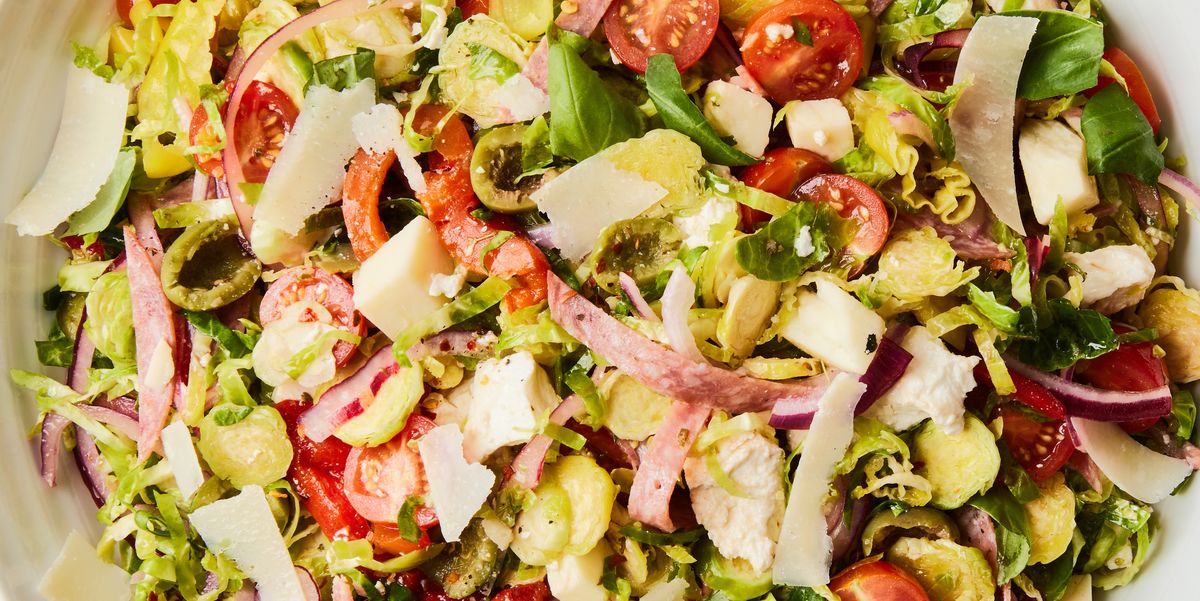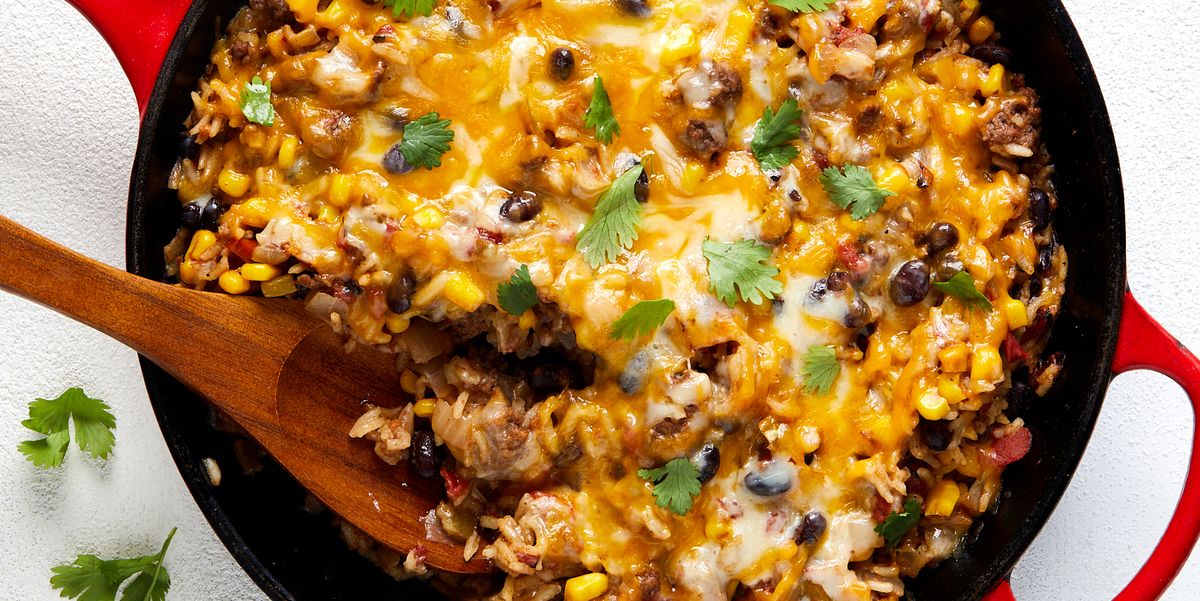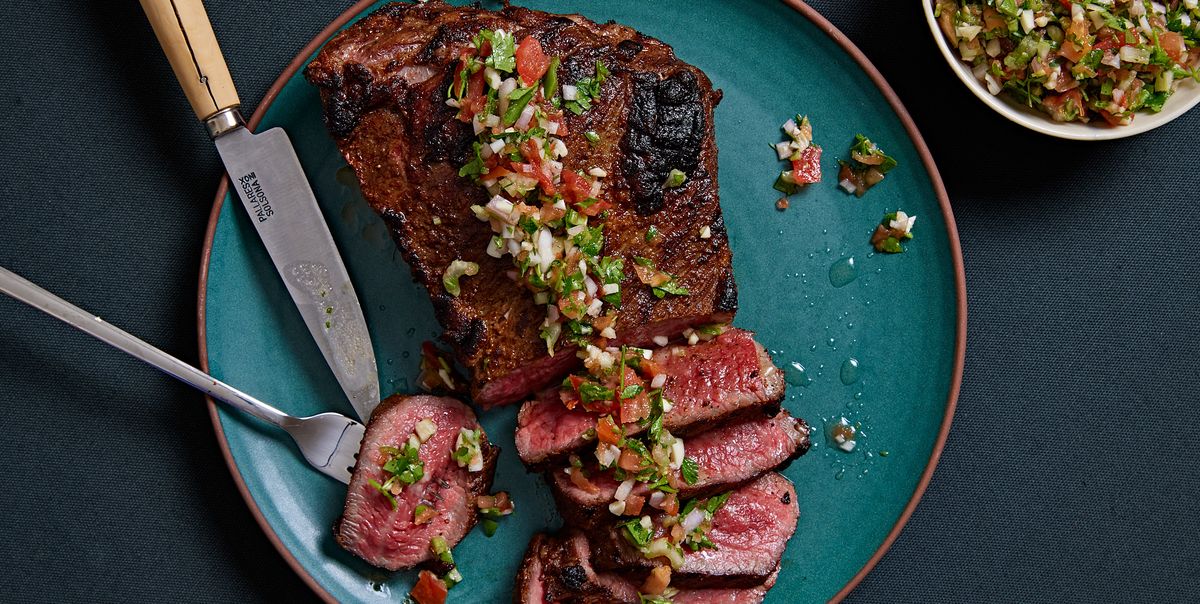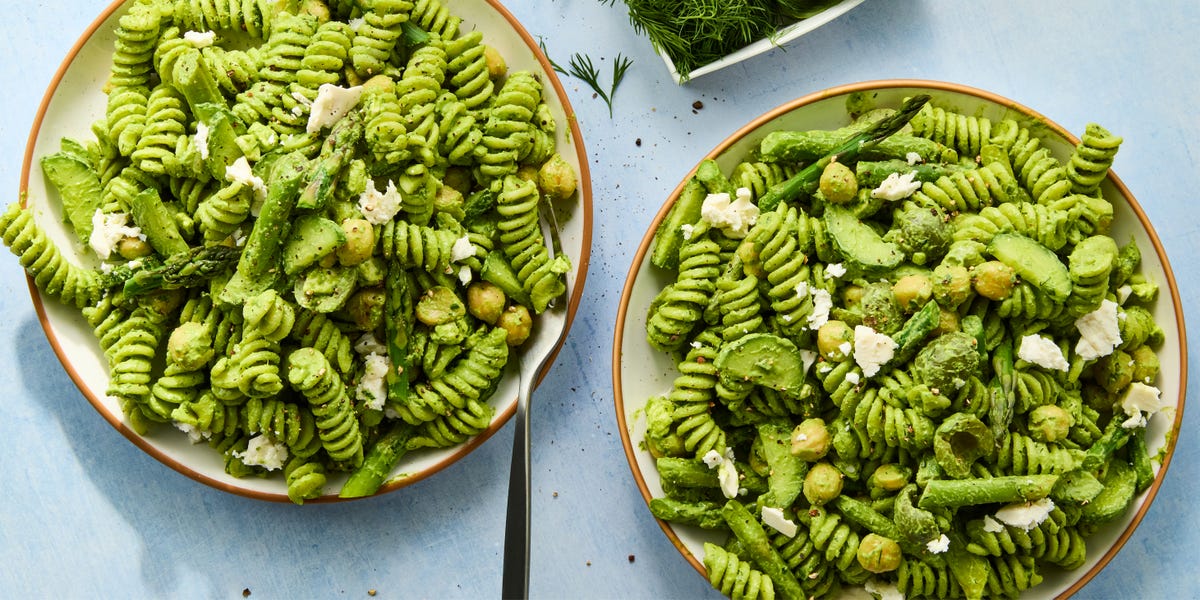Tri-tip is a super flavorful cut of beef that has the unique privilege of being both tender and marbled with fat. Wedged between the flank, bottom sirloin, and round, it gets its name from the signature triangle shape, and can also be called Santa Maria steak, Newport steak and triangle steak. When in doubt, always ask your butcher for help. They can determine what the best
cut of steak is for whatever you’re making. Santa Maria style tri tip is usually dry rubbed, grilled, and served with a tangy garlicky tomato salsa and pinquito beans. Warm flour tortillas and cotija cheese turn leftovers into delicious tacos.
Reverse searing in the oven:
Although typically prepared on a grill under the West Coast sun, tri tip is well worthy of being enjoyed year-round, in homes with or without grills. The best way to do that and get a perfectly even cook all the way through is with a reverse sear. A reverse sear is exactly what it sounds like. Rather than starting at a super-high temperature, you let the tri tip cook low and slow at 225° to 250° (depending on how low your oven will go) until the center reaches about 115°. Let the meat rest for 10 minutes, tented with foil, and finish the roast on a high-heat griddle to get a charred sear. It can be carved and served right away.
Cooking beef at high temperatures means smoke, especially if we’re trying to imitate the charring that would happen using an outdoor grill. Get ahead of a blaring smoke alarm by opening a few windows and cranking your oven fan to high.
Tri-tip TLC:
There are three key steps for great flavor and even cooking: trimming, dry rubbing, and trussing:
— Trimming. Tri-tip typically comes with a few thick fat pockets on the surface. Fat is awesome but too much of it can mean that your steak won’t have time to fully render during the cook time, leaving behind strangely textured pieces. To avoid this, flip the fattiest part up and trim off about half of it. Don’t trim so much fat so that there isn’t enough moisture to baste the meat as it roasts. This will vary depending on the roast, but for a roast that’s between 2- 2.5 lbs. you should trim 3-5 oz. of fat. For this recipe we trimmed about 3 oz. of fat and ended up with a 2 lb. roast.
— Dry Rubbing. Covering the meat in a seasoning blend with salt and letting it rest uncovered even for 1 hour will allow the flavor to penetrate. This will help form the flavorful crust that yields the yummy charred bits. This is also a great time to use a peppercorn blend if you have it.
— Trussing. Trussing tri tip isn’t exactly traditional, but we think it should be. The oblong shape of tri tip inherently includes sections that vary in thickness and will cook at different times. Here’s how to increase your chances for even cooking: after the rub has set in, flip the fatty side down and fold about 2 inches of the long tail up toward the center of the tri tip. Secure using butcher’s twine and continue to truss the roast at 1” intervals. Don’t pull the string too tight, there should still be enough slack so that the meat stays flat and will make even contact with the flat top surface when seared.
Once the trussing has been removed, tri tip can be difficult to slice correctly because of the muscles running in two different directions. To maintain tender, short fibers, the roast should be separated and cut into two different directions.
Made this? Let us know how it went in the comments below.
















Leave a Reply